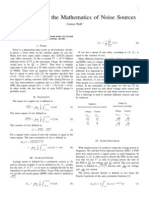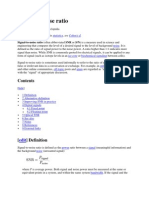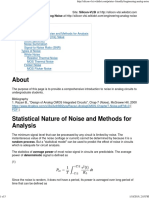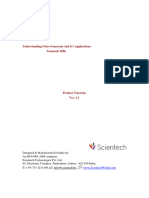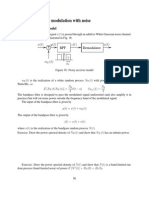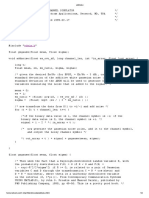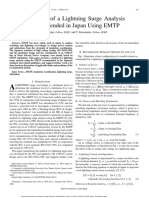0% found this document useful (0 votes)
59 views2 pagesSignal-to-Noise Ratio Explained
The document discusses different definitions of signal-to-noise ratio (SNR) and provides a code sample for adding noise to a signal with a desired SNR. It defines SNR as the power of the clean signal over the power of additive noise. The code takes in a signal and desired SNR, computes the necessary scaling factor, and returns the noisy signal and added noise.
Uploaded by
fadhlanakmalCopyright
© © All Rights Reserved
We take content rights seriously. If you suspect this is your content, claim it here.
Available Formats
Download as PDF, TXT or read online on Scribd
0% found this document useful (0 votes)
59 views2 pagesSignal-to-Noise Ratio Explained
The document discusses different definitions of signal-to-noise ratio (SNR) and provides a code sample for adding noise to a signal with a desired SNR. It defines SNR as the power of the clean signal over the power of additive noise. The code takes in a signal and desired SNR, computes the necessary scaling factor, and returns the noisy signal and added noise.
Uploaded by
fadhlanakmalCopyright
© © All Rights Reserved
We take content rights seriously. If you suspect this is your content, claim it here.
Available Formats
Download as PDF, TXT or read online on Scribd
/ 2




